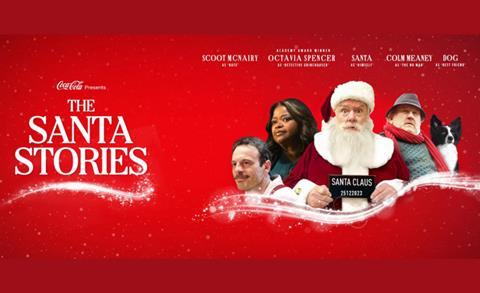
The ability of strong brands to grow sales through pricing has long been understood. But increasingly, they are needing to draw on a new ability: to play in spaces where they are not wholly in control of their message or image.
That means moving away from advertising or packaging-based promotions, to playing in culture using very different techniques and tactics to convince new consumer groups or occasions ‘this is a brand that works for me’.
By this, I don’t mean brands should necessarily try to shoehorn themselves into our living rooms, sponsor a MrBeast video, or stick a Pride flag on their Instagram accounts (though any of these tactics could work, if part of the right strategy). They need to unearth a resonant and authentic role for their brand in culture. Not to abandon what makes them distinctive, but to understand how to authentically bring themselves into those big cultural ‘moments’, and on occasion even help to forge them.
Doing this effectively requires marketing strategies that lift ideas out of the weeds of ‘centralised campaigns versus local activation’. In effect, this means using tech and data to fragment advertising assets into a message for every audience and every occasion.
While this has value at an incrementality level, there is a perhaps more sustainable win in taking the same data and technology infrastructure to surface cultural moments and environments that can work for brands. This is about consistently defined brands playing in local culture in different ways to deliver a common takeway for consumers.
Coca-Cola achieved this last year in its Christmas activations. Synonymous with Christmas since 1931 (talk about creating culture, Coca-Cola rebranded Santa to make him red), the brand was facing a crowded marketplace in which every brand was trying to ‘own’ the festive season. Coca-Cola understood that the length of the Christmas period, its commerciality and ubiquity were wearing people down. It found that 39% of us were losing the connection with Christmas because of all the expectations and distractions.
So, it decided to create more Santas. With the central message of ‘Share Holiday Magic’, the brand leveraged top celebrities, from Octavia Spencer to Steven Caple Jr, to reimagine Santa in new ways across short films on Amazon Prime and Freevee.
US viewers of Coca-Cola videos could pass on an Amazon Prime credit to loved ones so they could enjoy a free film. In Poland, passers-by were encouraged by personalised DOOH ads to ‘hug your partner, they’re cold’. People could create customised greeting cards on our platform – the best of which appeared on the big screen in NYC and London.
Kantar put the campaign at the top of 2023’s UK Campaign Effectiveness ranking. It outperformed a cluttered market to land as first for branded memorability. Not only this, it increased the number of people choosing Coca-Cola by 2% year on year. This is just one example of how brands can leverage integrated activities to drive better outcomes, with creative solutions that work in real culture.
Success in grocery today comes down to having the right insights around social moments, understanding how a grocery brand can fit into that effectively, and doing so at scale while understanding local nuance.



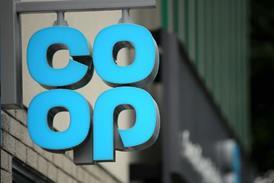
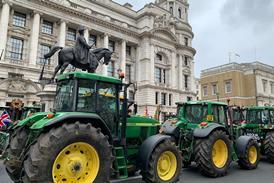






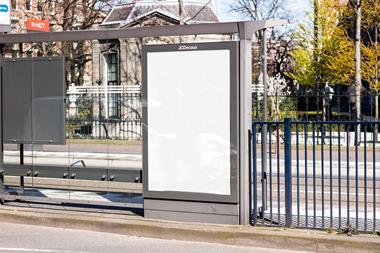


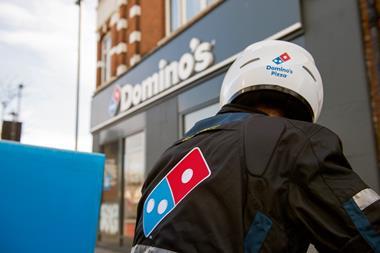

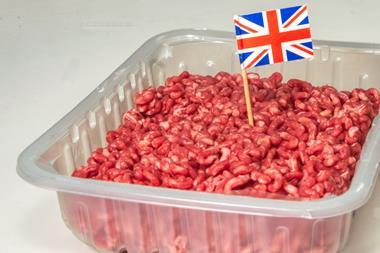
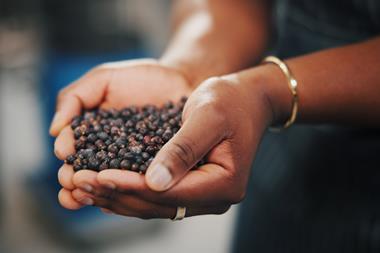

No comments yet